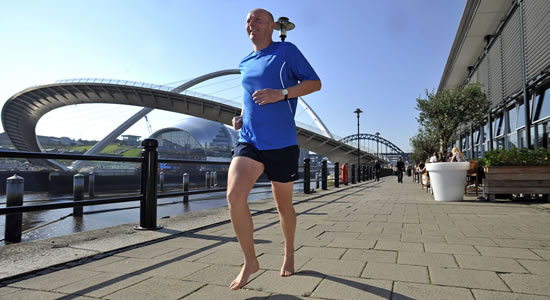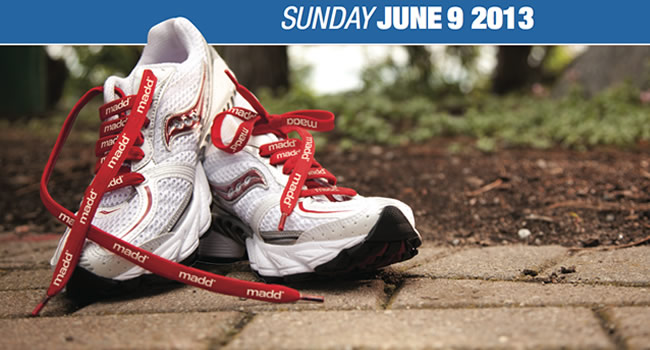 Having coached various sports ages & boys, girls, men and women since my teenage years, I started to wonder recently – what defines a coach? This is NOT an easy question but it is an important question. Many simply think a coach is someone who decides, “hey, I played soccer as a kid. I think it would be cool to coach”. Well, thank God, it’s not that easy to become a coach today. In the humble opinion of coach Jeff, the following are essential components of what defines a coach (and, of course, there may be many more):
Having coached various sports ages & boys, girls, men and women since my teenage years, I started to wonder recently – what defines a coach? This is NOT an easy question but it is an important question. Many simply think a coach is someone who decides, “hey, I played soccer as a kid. I think it would be cool to coach”. Well, thank God, it’s not that easy to become a coach today. In the humble opinion of coach Jeff, the following are essential components of what defines a coach (and, of course, there may be many more):
* a passion to teach a sport or activity
* knowledge of the sport or activity (either through playing or studying or both)
* certification(s) relative to coaching techniques and/or systems
* police check(s) updated as per law
* a sense of humour when appropriate
And now my ‘ABILITY’ segment:
* ability to LISTEN intently
* ability to make it about the athlete(s) and NOT about the coach (in other words, no Super Ego allowed!)
* ability to communicate simply (yet powerfully) messages to all team members
* ability to lay down the law fairly yet firmly as necessary
* ability to know when to push and when to lay off an athlete or team
* ability to recognize weaknesses and put in place corrective action
* ability to motivate quickly and efficiently without ‘falling in love’ with the sound of one’s voice
* ability to develop training techniques and plans that guarantee injury-free performance whilst developing specific skills
* ability to encourage DEEP practice (repeat skills and make corrections till they become automatic – no matter how long it takes) and incorporate a philosophy of Perfect Practice Makes Perfect.
As I said earlier, this is my priority list. If it helps any of you re: choosing a coach, then I’m good with that.
coach Jeff
Don’t forget to register for the MADD 5 km road race & breakfast on Sunday, June 9 at J.C. Saddington Park in Port Credit, Ontario, Canada.












